- Author: Ed Perry
Soil solarization is a simple technique that you can use in your home garden to reduce or eliminate many soil-inhabiting pests. Solarization works by heating up the soil in the presence of moisture to temperatures that are high enough to kill many fungi, nematodes, weeds and weed seeds.
In order to solarize your soil, you must leave a clear plastic tarp on the soil surface for 4 to 6 weeks during the hottest part of the year, which of course is now. Black or colored tarps will not allow the soil to get hot enough, so you must use transparent plastic. Polyethylene plastic 1 mil thick is the most efficient and economical, but you must handle it carefully because it rips and punctures easily.
Before laying the plastic down, clean up all weeds, debris and large clods, then level and prepare the soil as for planting. The closer the tarp to the soil, the hotter the soil becomes. Air pockets caused by clods or debris will decrease the effectiveness of the treatment. A smooth, bare soil surface is best.
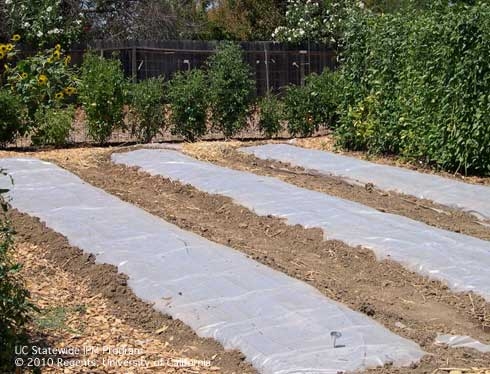
You must also wet the soil before covering it with the tarp. The moisture causes organisms to be more sensitive to heat and also allows the heat to penetrate deeper into the soil. It's best to wet the soil thoroughly before laying the tarp.
While some pests may be killed within a few days, 4 to 6 weeks of treatment in full sun during the summer is needed to kill most pests with solarization. The highest soil temperatures will occur when the days are long and hot, and when the sky is clear and there is no wind.
Many disease organisms are effectively controlled with solarization, including the fungi that cause Verticillium wilt, Fusarium wilt and damping off of seedlings. Many annual weeds are also controlled, but perennial weeds such as Bermudagrass, field bindweed, johnsongrass, and yellow nutsedge are suppressed but not completely controlled by the procedure. Nematode populations are also reduced, but the heat may not penetrate deep enough to destroy those below the top foot of soil. Nematodes should be controlled well enough for shallow-rooted crops.
Once the solarization is completed and you've removed the tarp, take care not to disturb the soil very much. Turning the soil can bring up living weed seeds and diseases that were too deep to be destroyed by the heat.
Read the publication Soil Solarization for Gardens & Landscapes for more information.
- Author: Anne E Schellman
University of California Cooperative Extension (UCCE) Stanislaus County started a brand-new Master Gardener Program in January of 2019. Our first class of twenty-three volunteers just graduated and are out in the community making a difference.
If you enjoy gardening, live in Stanislaus County, and are willing to volunteer your time and talent, keep reading! We are now taking applications for our 2020 class that will start in early January. To learn more and apply:
- Visit our Become a UCCE Master Gardener website
- Click on the bright yellow button to fill out our application form before September 8, 2019
- Attend a mandatory orientation meeting in October
- Interview in November
- Acceptance letters mailed in early December
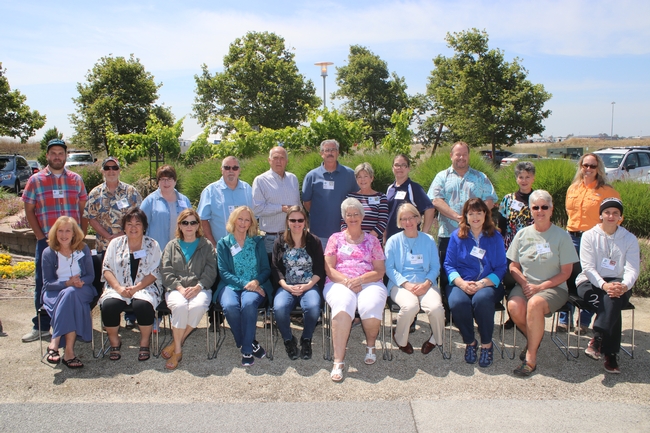
- Author: Anne E Schellman
Summer is here, and so is the Stanislaus County Fair! Our brand-new University of California Cooperative Extension (UCCE) Master Gardener Program is excited to have a presence at the fair this year, with volunteers who have just graduated this past June.
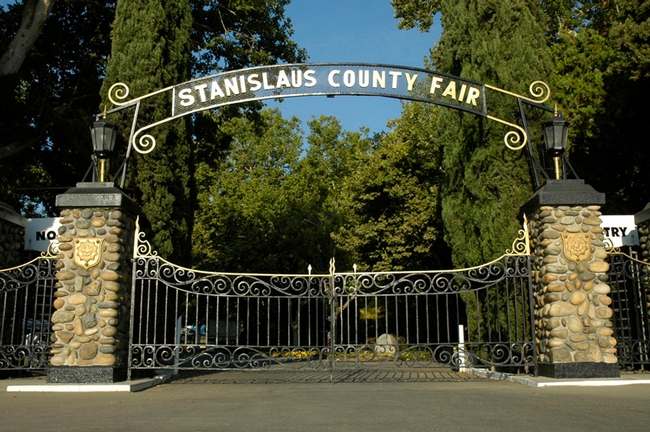
Come see us in front of the Floriculture building located just inside the fairgrounds near the arch gate off 900 North Broadway. Our table that will showcase a colorful poster all about our program. Come find out who we are and what we do and ask your gardening or pest questions.
Pick up free copies of Quick Tips cards on pests like ants, powdery mildew, cockroaches, and more! We'll also be giving away carrot and California poppy seeds (while supplies last).
Want to be a UCCE Master Gardener in Stanislaus County? We have flyers with all the information you need and will be taking applications next week!
For more information about the fair, visit the Stanislaus County Fair website.
- Author: Anne E Schellman
The University of California Cooperative Extension (UCCE) Master Gardeners of Stanislaus County are teaching a free Managing Pests in Your Vegetable Garden class on Thursday, July 18, 2019 from 6:00-7:30 p.m. at the Agriculture Center on 3800 Cornucopia Way in Modesto at Harvest Hall, Rooms D&E.
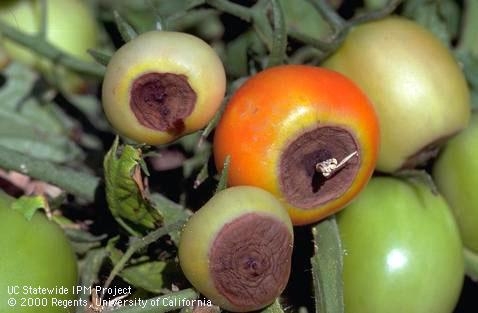
Join us for a free class about common pests that plague warm-season vegetable gardens. Learn how to identify insects, diseases, and weeds and how to control them using less-toxic methods.
This family-friendly class is open to everyone. Participants will receive free seeds (while supplies last). Our instructor for the class is Ed Perry, Environmental Horticulture Advisor (emeritus) for Stanislaus County. This class is free, but please visit http://ucanr.edu/vegpests2019 or call Anne Schellman at (209) 525-6862 to sign up. Space is limited, so please reserve your seat today.
If you haven't already, please “like” us on Facebook and Twitter @UCMGStanislaus so you never miss an announcement for a class or workshop.
- Author: Ed Perry
Although many coast redwoods (Sequoia sempervirons) appear to grow well in some parts of the San Joaquin Valley, the UCCE Master Gardeners are often contacted for help diagnosing redwoods with dead branches that seem to be dying.
It's important to remember that coast redwoods are native to the coasts of Central and Northern California. In this environment, the trees are shaded by each other and experience significant cooling from fog. They also receive moisture from fog drip and high rainfall. In their native forests, redwoods grow with large amounts of forest litter over their roots.
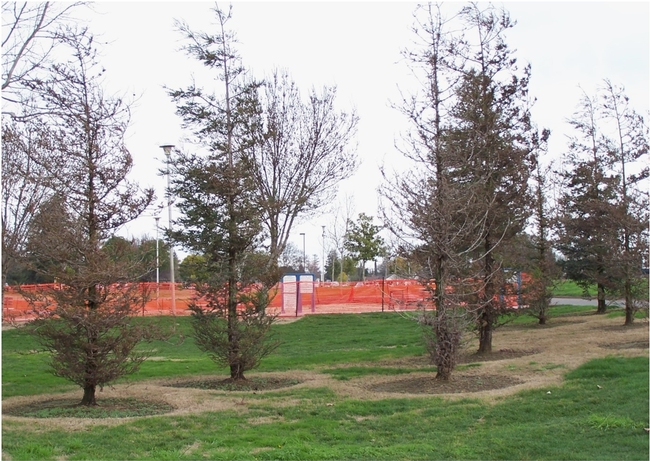
While coast redwood trees are susceptible to some serious diseases, they are most often injured or killed by abiotic (non living) problems. High soil salinity caused by excess sodium (alkaline soil), and toxicity caused by high concentrations of specific ions such as boron and chlorides will stunt their growth and cause their leaves to turn yellow and “burn.” They grow poorly in heavy soils that are too wet, or in dry, compacted soils with poor drainage. Coast redwoods are also susceptible to iron deficiency, especially in high pH soils. They may be injured by freezing temperatures, especially in dry soil. Because they are adapted to a cool, moist environment, they will develop brown and scorched leaves during our hot and dry summers, especially if they're not adequately watered. Drought stressed trees may then be attacked by bark beetles.
In dry or compacted soils the trees grow slowly and their trunks develop a distinct taper. Under ideal soil and moisture conditions, such as along portions of the California Coast, the trunks will be nearly the same diameter from the base of the tree to several feet high. Some brown foliage in the interior of the tree is normal. In fact, it is normal for the oldest leaves to turn yellow, then brown, and finally drop from the tree in late summer and early fall. It is also normal for short twigs to turn brown and fall. New growth at the ends of branches indicates that the branches are alive and healthy, despite some dieback of twigs and leaves.
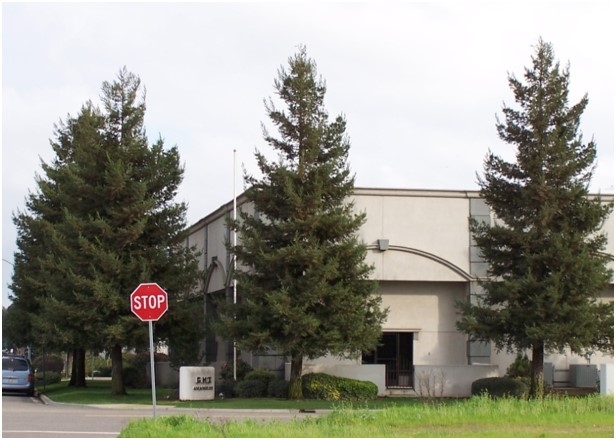
As mentioned, coast redwoods are susceptible to some diseases. In Stanislaus County, redwoods infected by Botryosphaeria canker (Botryosphaeria dothidea), crown rot (Phytophthora sp.) and Armellaria root rot (Armillaria mellea) have been identified. However, these diseases are relatively uncommon on redwoods here. If you're trying to diagnose a redwood problem, be sure to consider soil and water-related problems first.
Redwoods are forest trees. We have cultivated them for use in non-forest landscapes as street and park trees, and as specimen trees. These conditions are not always favorable to their growth or long term establishment. They grow best with shade, cool root systems, abundant mulch, and continual moisture that is relatively salt free. If you can create some of these conditions in the landscape, redwood culture and disease management will be much less problematic.
Ed Perry is the emeritus Environmental Horticultural Advisor for University of California Cooperative Extension (UCCE) in Stanislaus County where he worked for over 30 years.

